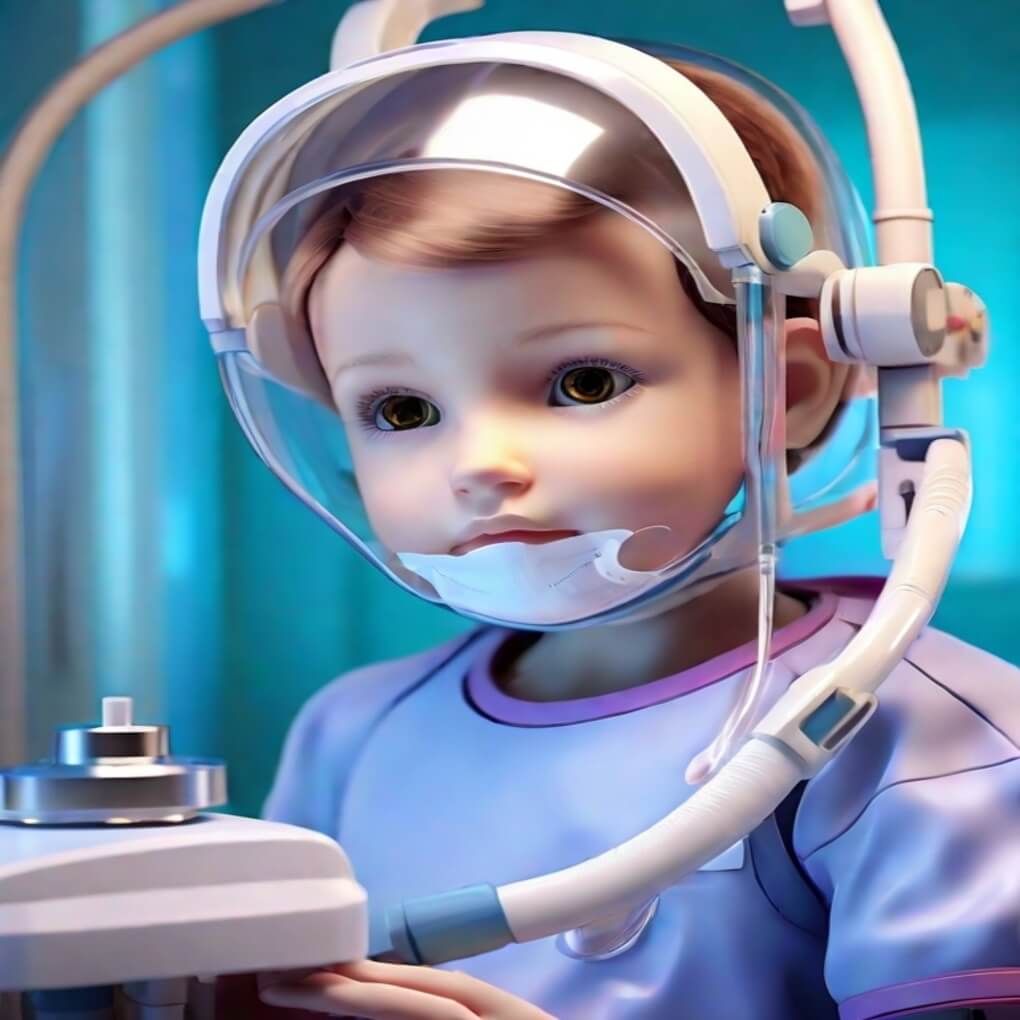Researchers at Seoul National University Bundang Hospital (SNUBH) have harnessed the power of artificial intelligence (AI) to create a model that aids in determining the optimal timing for extubating premature infants who require ventilator support after intubation. This breakthrough offers promising insights into improving the care of preterm infants, with potential implications for their respiratory and neurological development.
Developing an AI model for extubation success
The team of researchers, including Professors Jung Young-hwa and Choi Chang-won from the Department of Pediatrics at SNUBH, as well as Yoo Soo-young and Song Won-geun from the Office of eHealth Research and Businesses at SHUBH, embarked on a mission to develop a predictive model for extubation success in premature infants. Their efforts have culminated in a significant advancement, with their findings published in the prestigious International Journal of Medical Informatics.
The challenge of Preterm infant respiratory care
Preterm infants, born with underdeveloped respiratory systems, often face challenges such as respiratory distress and apnea shortly after birth. These difficulties persist as the infant grows, necessitating the use of intubation and mechanical ventilation until the infant can breathe independently. The key challenge lies in determining the optimal duration of ventilator support to avoid complications.
*Timing is crucial when it comes to extubating preterm infants. Prolonged use of a ventilator can lead to abnormal lung growth and increase the risk of conditions like bronchopulmonary dysplasia, while premature extubation can result in hypoxia and hypercapnia, adversely affecting brain development and exacerbating the risk of bronchopulmonary dysplasia. Striking the right balance is imperative.
The current state of extubation decision-making
Presently, there are no standardized guidelines for determining the optimal time for extubation in premature infants. The decision is typically left to the discretion of attending physicians. On average, the success rate of extubation in preterm infants weighing less than 1,000 grams hovers between 60-73 percent, emphasizing the need for a more precise approach.
To address this critical gap, the research team analyzed data from 678 premature infants born at SNUBH between 2003 and 2019, all of whom were intubated and placed on invasive ventilation before reaching 32 weeks of age. Leveraging machine learning algorithms, they developed the “NExt-Predictor” AI model. This model assesses the likelihood of successful extubation by analyzing vital signs like heartbeat and breathing.
AI’s remarkable predictive performance
The AI model, “NExt-Predictor,” has exhibited exceptional predictive capabilities, boasting an area under the curve (AUC) of 0.805 and a precision rate of 0.917, according to the hospital’s assessments. Remarkably, these predictive qualities remained consistent when validated using the US clinical database MIMIC-III. A notable advantage of this AI model is that it relies solely on basic vital signs, eliminating the need for additional equipment.
The significance of AI in pediatric care
Professor Jung Young-hwa, one of the researchers involved in the project, emphasized the critical importance of optimal extubation timing for premature infants on ventilators. He highlighted the challenges in establishing precise criteria for this crucial decision, making the development of an AI system for prediction all the more valuable in the field of neonatal medicine.
The development of the “NExt-Predictor” AI model represents a significant leap in the realm of pediatric care, particularly for preterm infants requiring respiratory support. This AI-driven innovation has the potential to enhance the quality of care for these vulnerable infants, offering a more data-driven and precise approach to extubation decisions. As this technology continues to evolve, it holds the promise of reducing complications and improving long-term outcomes for preterm infants worldwide.





